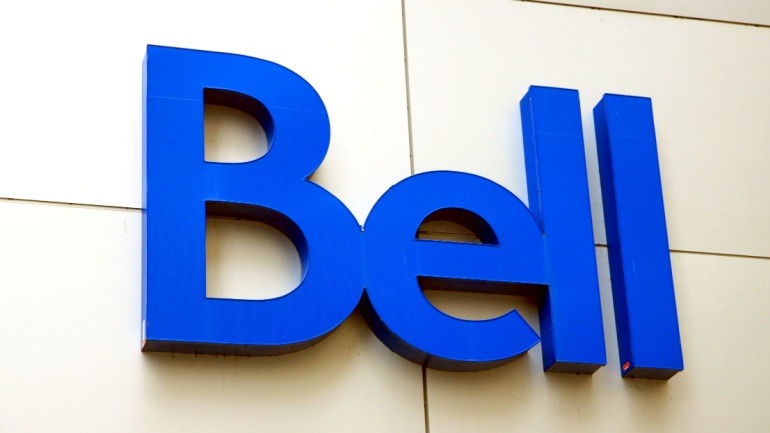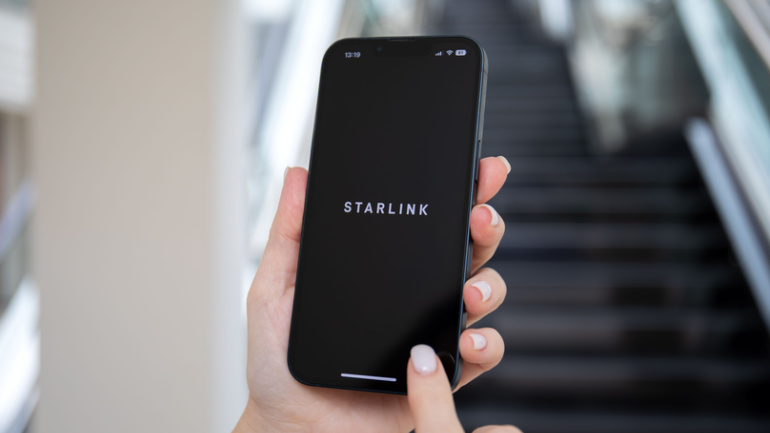Wireless Logic’s acquisition of Zipit Wireless and Mtrex Networks marks a pivotal step in its US IoT expansion. With advanced billing and strategic partnerships with telecom leaders like AT&T and Verizon, Wireless Logic is poised to streamline IoT services, leveraging Zipit’s expertise to enhance its global VoIP communications and subscription models.
The Mayo Clinic’s dynamic partnership with Nvidia unleashes the potential of AI in revolutionizing healthcare. Their cutting-edge AI data center, powered by Nvidia’s Blackwell DGX B200 servers and DGX SuperPOD, promises breakthroughs in clinical applications, including pathology and precision medicine.
Bell Canada has sold its stake in MLSE to Rogers, using the proceeds to fund its expansion into the US fibre market. The move aligns with Bell’s strategy to focus on fibre and 5G while retaining key sports content rights through TSN.
Ericsson unveils the Indoor Fusion 8828, a cutting-edge 5G solution engineered for enhanced indoor wireless connectivity. This innovation, first adopted by Bell, integrates radio and baseband in a single unit, supporting high-speed 5G coverage in small venues.
Congress is tackling the challenge of replacing Chinese telecommunications equipment in U.S. networks by funding the “rip and replace” initiative. This boosts efforts to remove potential threats and secure rural telecommunications connections.
Tonaquint, a leading provider of data center solutions targeting emerging markets, has inaugurated its newly revamped data center in Oklahoma City. The company marked the occasion with a ceremonial ribbon-cutting, guided tours of the facility, and a festive gathering featuring local cuisine and ample networking opportunities.
In a groundbreaking collaboration, T-Mobile US and SpaceX are gearing up for the field testing of Starlink satellites, heralding a significant stride in eliminating mobile coverage dead zones. While the exact date for the commencement of field testing remains undisclosed, T-Mobile is optimistic about its imminent initiation, stating that the low-Earth orbit deployment of satellites sets the stage for the forthcoming trials.
In a groundbreaking revelation, Telus, Canada’s foremost operator, announced the successful two-way communication between smartphones and IoT devices, using Echostar T1, a geostationary Earth orbit satellite. Partnering with TerreStar and Skylo, Telus accomplished this feat using a specially-designed connectivity platform, highlighting the potential for remarkable connectivity throughout Canada, even in remote areas. As this technology differs significantly from regular D2D communication, Telus’s breakthrough is set to redefine the future of connectivity in previously unreachable corners of the country.
Intriguingly, SpaceX’s Starlink offers an innovative Direct to Cell feature allowing existing LTE phones to function even in remote locations – a potential boon for those often out of terrestrial coverage. With a rollout plan targeting texts by 2024, and full voice, data, and IoT compatibility by 2025, Starlink seems poised for a breakthrough. While the proposition seems formidable, concerns around possible limitations of Starlink’s proprietary technology remind us advantages of relying on industry best practices. Without disclosed pricing details, we can only anticipate how this venture will fare against other satellite connectivity contenders.
Rogers Communications takes a gigantic leap forward, ushering in 5G services across Toronto’s subway system. While this promises enhanced network coverage and emergency call dependability, it raises concerns among competitors Bell and Telus, about potential market limitations. This unfolding drama in the Canadian telecoms industry draws the industry’s anxious gaze.













